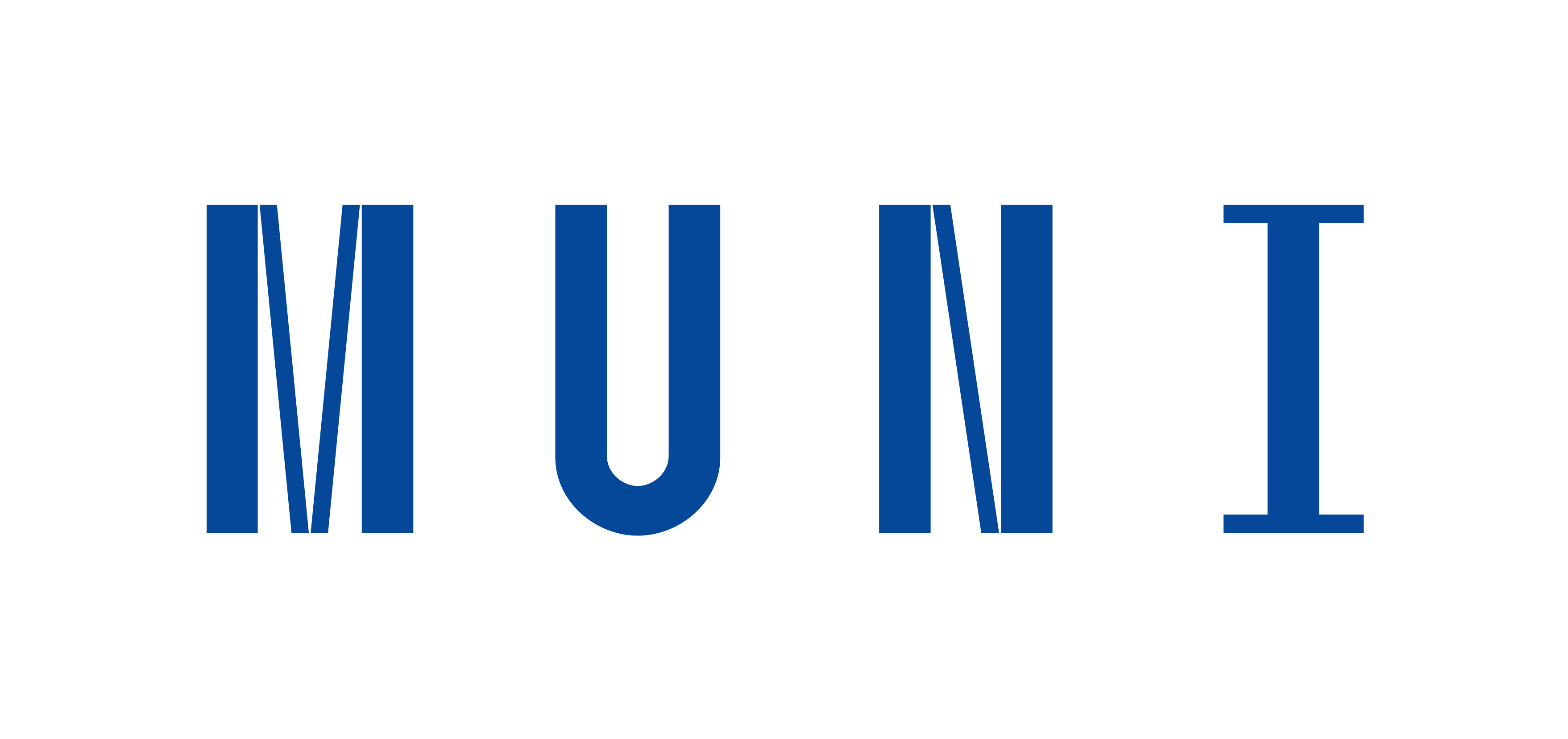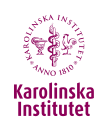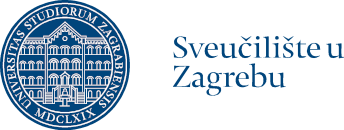Glossary - Teaching Traditions in Human Anatomy
This is a glossary with terms relevant to TOPIC 3. These terms were selected while creating the survey tools for this topic. Each term we considered important, useful, or crucial for understanding the main topic concepts was selected and defined with the help of relevant literature resources and agreed upon by the project consortium.
A B C D E F G H I J K L M N O P Q R S T U V W X Y Z
Anatomy is a fundamental course in medical schools that focuses on the structure of the human body. The course typically includes practical hands-on experience through cadaver dissection, and anatomical models, alongside seminars and lectures that offer a theoretical foundation.
· Gross Anatomy focuses on the macroscopic structures of the body. In the study of gross anatomy there are different approaches to learning and understanding the material: regional, systemic, and surface anatomy. These approaches are interconnected and provide complementary perspectives on the structure and function of the human body.
o Regional Anatomy focuses on specific regions of the body and examines structures within that region and how they relate to one another.
o Systemic Anatomy focuses on individual organ systems, examining how they function as a whole.
o Surface Anatomy focuses on the external landmarks and surface features of the body, relating them to deeper anatomical structures.
· Microscopic Anatomy studies structures that cannot be seen with the naked eye and requires microscopes to be observed. Subfields of microscopic anatomy include cytology (the study of cells) and histology (the study of tissues).
· Clinical Anatomy focuses on the application of anatomical knowledge to clinical practice, emphasizing correlations between anatomical structures and clinical conditions, using case studies and clinical examples.
· Radiological Anatomy focuses on the teaching of anatomy using medical imaging techniques like X-rays, MRI, CT scans, and ultrasound. It usually includes imaging interpretation and understanding of the anatomy from a radiological perspective.
Anatomical models are highly detailed and accurate representations of the human body, organs, or specific anatomical structures, used for educational, medical, or research purposes. They come in a variety of types, each serving different purposes based on the level of detail, scale, focus area or type (plastic, plastination, prosection, virtual)
· plastic models are supplementary material in learning anatomy made of plastic materials
· plastination is a technique for preserving tissues, organs, and whole bodies in which water and lipids in biological tissues are replaced by polymers such as silicone, epoxy or polyester
· prosection refers to the dissection of a cadaver by an experienced anatomist in order to demonstrate anatomical structures to students
· virtual models are interactive, three-dimensional (3D) and digital representations of the human body
Body donation program is a system through which individuals voluntarily donate their bodies after death for medical education, research, and training. The donated bodies are used by medical students, doctors, and researchers to study human anatomy, practice surgical techniques, and advance scientific knowledge. Body donation programs are typically managed by medical schools, universities, or anatomical institutes. The program is regulated by laws to ensure ethical and respectful treatment of the remains.
Case-based learning (CBL) is one of the active teaching methods used across disciplines, including anatomy, where students apply their knowledge to real-world scenarios, promoting higher levels of cognition. This model of teaching involves collaborative efforts by the faculty and students where the learning is student centred.
Clinically oriented learning (COL) in anatomy refers to an educational approach that integrates anatomical knowledge with clinical practice, emphasizing the application of anatomical concepts in real-world medical scenarios. This method is designed to enhance students' understanding of anatomy by connecting it directly to clinical situations they may encounter in their future healthcare careers.
Competency-Based Medical Education (CBME) is an educational approach that focuses on developing specific competencies in medical students, residents, or healthcare professionals. Instead of traditional time-based training, where learners advance after completing extensive lists of knowledge objectives, CBME emphasizes mastery of specific skills, knowledge, and attitudes required for effective medical practice.
Constructive alignment is an educational framework used in many disciplines, including anatomy, to enhance the effectiveness of teaching and learning. It emphasizes the alignment between learning outcomes, teaching methods, and assessment tasks.
Curriculum refers to the structured set of courses, lessons, and educational content that is taught in schools or specific educational programs. It encompasses a wide range of components designed to guide both teaching and learning. Curriculum in anatomy typically refers to a structured educational program that covers the study of the human body's structure and function.
· Standalone curriculum in anatomy is a traditional approach where anatomy is taught as a separate, distinct course. This curriculum focuses on anatomical structures and functions without direct integration with other subjects.
· Integrated curriculum combines anatomy with other related subjects, such as physiology, biochemistry, and clinical medicine. This approach aims to provide a more holistic understanding of how anatomical structures function within the context of the whole body and its systems.
Dissection (from Latin “dissectio” that is derived from dissecare which means "to cut to pieces"; also called anatomization)
· Cadaver dissection is traditional method of teaching anatomy in which a teacher guides students in anatomical approaches to different topographical regions. It supports medical students in understanding the relationship of different anatomical structures, appreciating the anatomical variations and contributes significantly to a future professional work.
· Virtual dissection is a technology-based method of studying anatomy that allows students and professionals to explore the human body without the use of traditional cadavers. It involves the use of software and digital tools to simulate the process of dissection, enabling learners to "dissect" and examine anatomical structures in a virtual 3D environment.
ECTS (European Credits Transfer System) credit is calculated based on the workload that considers lectures, practical work, seminars, internships, research, personal work, exams, training objectives and skills to be acquired. This system of quantitative measurements was created in 1989 by the European Union as part of the Erasmus programme with the goal of harmonising European higher education and facilitating student mobility, whether from one country to another or between higher education institutions.
Flipped classroom in anatomy is an approach where students are introduced to content before class, typically through online materials. Then, during in-person class time, they engage in more interactive activities such as discussions, problem-solving, or hands-on lab work, which helps deepen their understanding of anatomical concepts. This method shifts the traditional model of lecturing during class and doing homework afterward, allowing students to actively apply knowledge during classroom sessions.
Knowledge assessment in anatomy refers to evaluating students' understanding of anatomical concepts through various methods such as quizzes, exams, and practical tasks.
· Formative Assessment: ongoing assessments during the course that provide feedback to guide learning and improve understanding without necessarily contributing to final grades.
· Summative Assessment: end-of-course or module assessments that evaluate overall mastery of the content and contribute significantly to final grades.
· Continuous Assessment: a mix of formative and summative approaches, where assessments are regular throughout the course and cumulatively contribute to the final grade.
Learning outcomes in anatomy refer to the specific knowledge, skills, and attitudes that students are expected to acquire after studying human anatomy. These outcomes are typically formulated to guide instruction, assessment, and ensure that students meet the educational objectives of the course or program.
Lecture follows the learning objectives in which a lecturer presents academic contents to a group of students. Traditional face to face anatomy lectures are being complemented or replaced with online and pre‐recorded anatomy lectures. Traditional teaching lectures are mostly based on knowledge transmission from lecturer to students, while nowadays, curricula shift towards teaching strategies based on knowledge construction by the students.
Practical refers to hands-on, experiential learning sessions where students engage directly with anatomical materials or tools to apply and reinforce theoretical knowledge. Unlike lectures or seminars, which focus on discussing theoretical concepts, practical sessions emphasize skill acquisition, visual and tactile understanding, and the application of anatomical knowledge to plastic, real (dissection, prosection) or simulated models.
Problem-based learning (PBL) is an approach that enables students to learn while engaging actively with meaningful problems. Students are given the opportunities to problem-solve in a collaborative setting, create mental models for learning, and form self-directed learning habits through practice and reflection.
Seminar is a form of class in anatomy where students engage in in-depth discussions and presentations on specific anatomical topics in middle-sized groups, guided by a teacher. Unlike traditional lectures, seminars are more interactive and may involve student-led discussions, case-based learning, group projects, or multimedia presentations. The aim is to promote critical thinking, deepen understanding, and enhance communication skills.
Student-centred learning (SCL) in anatomy is an educational approach that prioritizes the needs, interests, and active participation of students in the learning process. This method contrasts with traditional teacher-centred approaches, where the instructor primarily delivers information through lectures.
Team-based learning (TBL) is an active learning and small group instructional strategy that provides students with opportunities to apply conceptual knowledge through a sequence of activities that includes individual work, teamwork, and immediate feedback.






